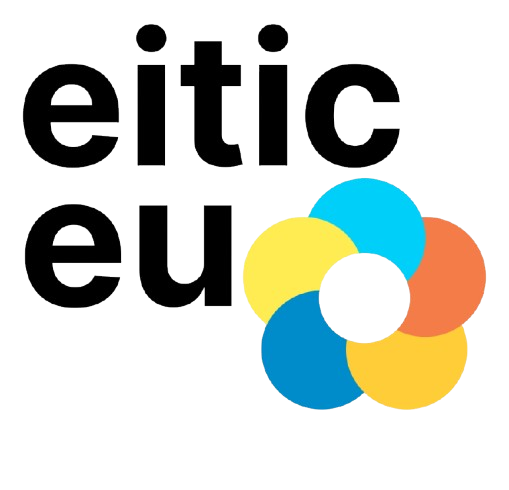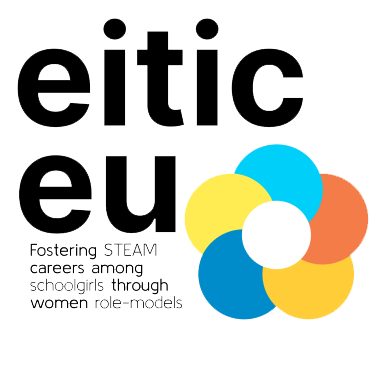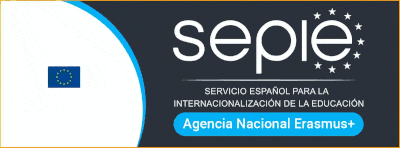
Diverse Role Models in STEAM education: Experiences interviewing secondary teachers about STEAM stereotypes in Greece.
05/05/2025 b vasileiadis
Despite numerous initiatives to promote gender equality in STEAM (Science, Technology, Engineering, Arts, Mathematics), there is still a stark shortage of visible role models. Especially women of color, students from economically disadvantaged backgrounds, and those from religious minority communities. In real classrooms today, where significant number of students came from migrant backgrounds or minority communities, these gaps are not abstract – they are daily realities. If we are serious about inclusion we need to begin where the vision of the future first takes root: in the minds of children (Global Education Monitoring Report Team, 2020).
To identify possible challenges, we interviewed educators in order to explore the existence of stereotypes, barriers, and opportunities that may arise when it comes to inclusion in STEAM education. The fact is that inclusion in education has long been incorporated in the European Union’s educational policy guidelines and documents.
A female STEAM educator that was interviewed in the frame of EITIC-EU stresses that the challenge begins long before secondary school.
“I try to inspire students from the very first grade, especially girls, to engage with our IT specialization,” she explains.
With professional experience in banking and the Institute of Technology and Research of Greece, she leverages her own story to make STEAM fields relatable. Introducing role models like Marie Curie and women in space exploration, she embodies the real-world mentoring that is so often lacking in formal curricula. This kind of personal initiative bridges the gap between textbook theory and reality.
In addition, a female STEAM instructor at the Robotics Academy in Naoussa, Greece, explains that deep-rooted gender stereotypes still dominate the field:
“There is a mentality that boys are better at math and tech, while girls belong in theoretical studies.”
In her robotics classes, it’s common to see only one or two girls—sometimes none—who often withdraw due to the overwhelming presence of boys. Yet, she adds,
“The fact that I’m a woman instructor helps. I tell them: ‘Finally, a girl showed up!’ I see myself in them. For them to be here, it means they like it—and that they have family support. Not all families do that”.
Finally, a male educator and IT specialist with a focus on AI and Python education, emphasized that lasting change depends not on isolated “heroic” teachers, but on systemic support: inclusive school books, updated curricula, and adequate funding. Without structural reform, he noted, “progress rests on the heroism of each teacher”. As emphasized by Boston University’s Center for Teaching & Learning (2021), providing students with diverse role models helps them envision themselves in those roles, and is a practical step toward creating more inclusive classrooms (Boston University Center for Teaching & Learning, 2021).
Mentorship programs are, also, essential for girls from economically disadvantaged, minority, or other conservative backgrounds. Research shows that mentorship significantly improves academic outcomes, self-confidence, and long-term career ambitions (DuBois, Portillo, Rhodes, Silverthorn, & Valentine, 2011). Girls benefit most when mentors share or understand their social or cultural background, which fosters belonging and reduces stereotype threat (National Academies of Sciences, Engineering, and Medicine., 2019). As highlighted in Overcoming Gender Inequalities through Technology Integration, visibility of role models and gender-sensitive learning environments are especially powerful in contexts where cultural or gender norms discourage girls from STEAM participation. (Jiménez, Pascual, & Mejía, 2022).
True inclusion begins with visibility in textbooks, teaching teams, and classroom dynamics. And visibility begins with what children see, hear, and are encouraged to believe.











 eitic@cibervoluntarios.org
eitic@cibervoluntarios.org